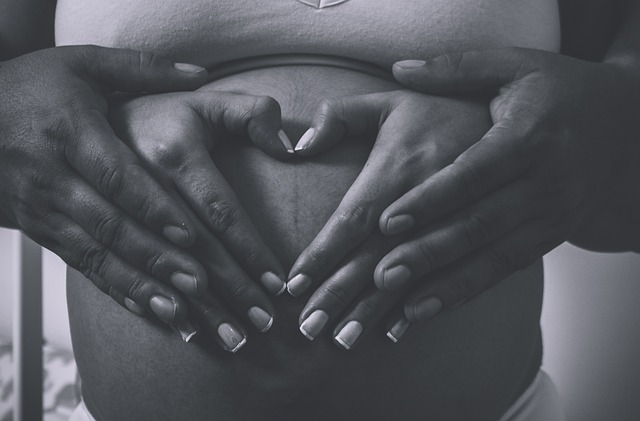On Thursday, Unicode, the organization responsible for emoji standards, announced the addition of 56 new emojis for 2017. Among these are a zombie, an elf, and notably, an emoji representing a woman breastfeeding. This addition is significant, as it addresses the absence of a breastfeeding emoji since the introduction of the baby bottle emoji in 2010, which has been the sole emoji representing infant feeding.
The introduction of the breastfeeding emoji comes at a crucial time, especially given that U.S. breastfeeding rates report only 49.4% of mothers nursing at six months and 40.7% exclusively breastfeeding at three months. With many mothers supplementing with formula or solids by the three-month mark, it’s clear that the need for a breastfeeding emoji is pressing. The CDC aims for a 60.6% breastfeeding rate at six months by 2020, a goal that requires making breastfeeding more visible and accepted in society.
Rachel Thompson, a nurse at the University Medical Center, advocated for the breastfeeding emoji, emphasizing its cultural significance and the prevalence of breastfeeding across the globe. It was among the top requests for new emojis and has garnered support through social media and petitions. The emoji will likely serve various communicative purposes, such as expressing late-night nursing sessions or simply updating friends about a baby’s feeding status.
While the initial design of the emoji may represent a limited demographic, Unicode has indicated that it will eventually be available in multiple skin tones. This is particularly important in efforts to boost breastfeeding rates among diverse populations, as visual representation can play a vital role in normalizing the act of breastfeeding. For years, images of babies with bottles have dominated marketing in the baby formula industry. This breastfeeding emoji serves as a counter to that narrative, promoting breastfeeding as a natural and accepted part of parenting.
Although the introduction of this emoji alone will not eliminate public stigma around breastfeeding, it is a meaningful step towards fostering a more supportive environment for nursing mothers. As Rachel noted, while it won’t solve all the challenges faced by nursing parents, it can spark discussions and encourage societal acceptance of breastfeeding. The emoji is expected to be available in the summer of 2017, paving the way for increased visibility and normalization.
In summary, the new breastfeeding emoji represents an important advancement in the conversation about breastfeeding, aiming to create a more inclusive and supportive environment for nursing mothers. Its introduction is part of a broader movement to normalize breastfeeding in public and address the challenges many mothers face.
Keyphrase: New Breastfeeding Emoji
Tags: home insemination kit, home insemination syringe, self insemination
